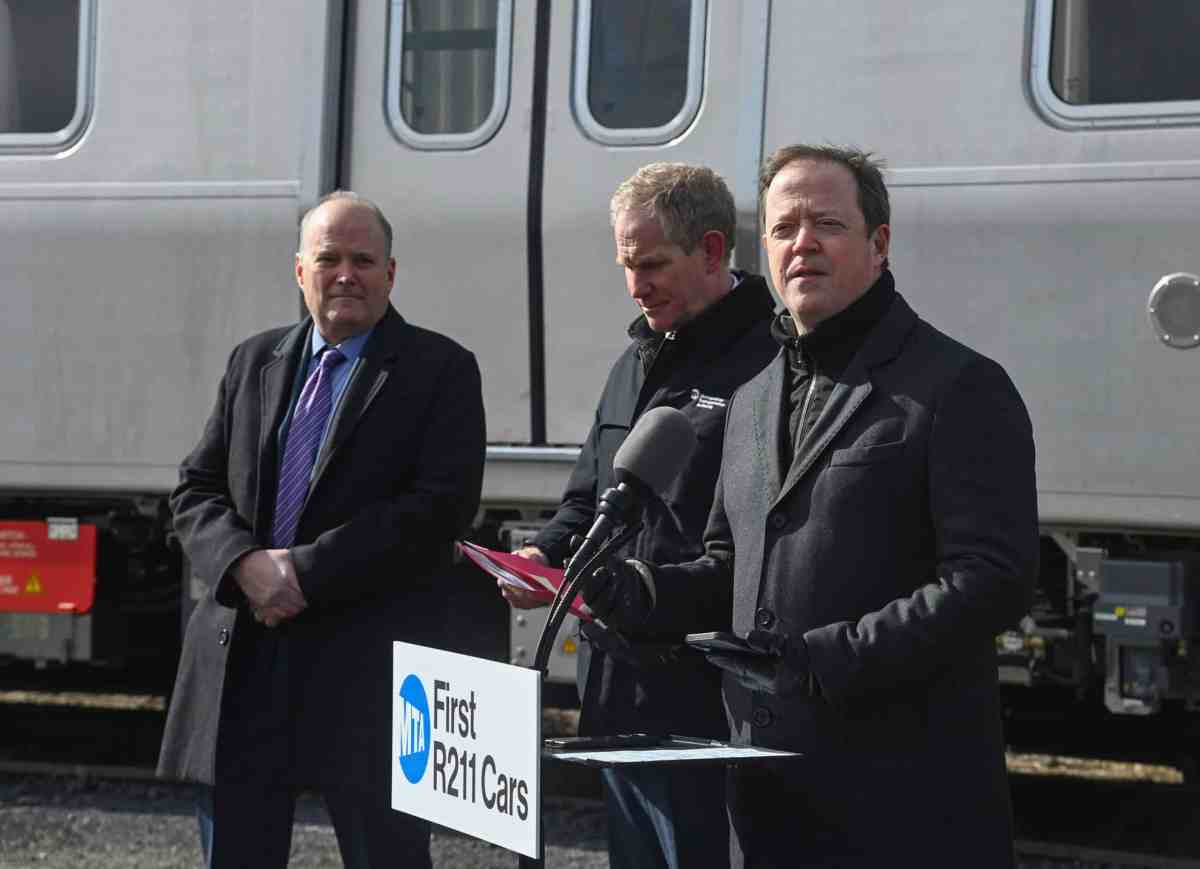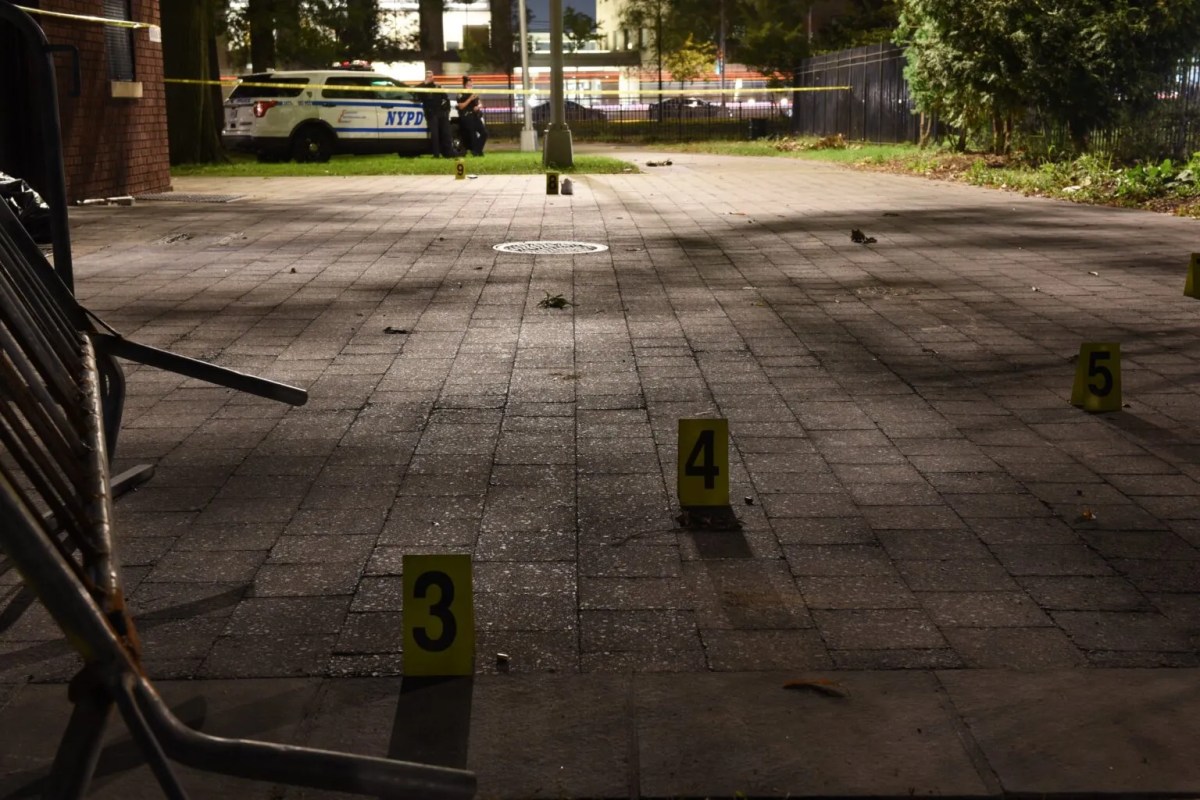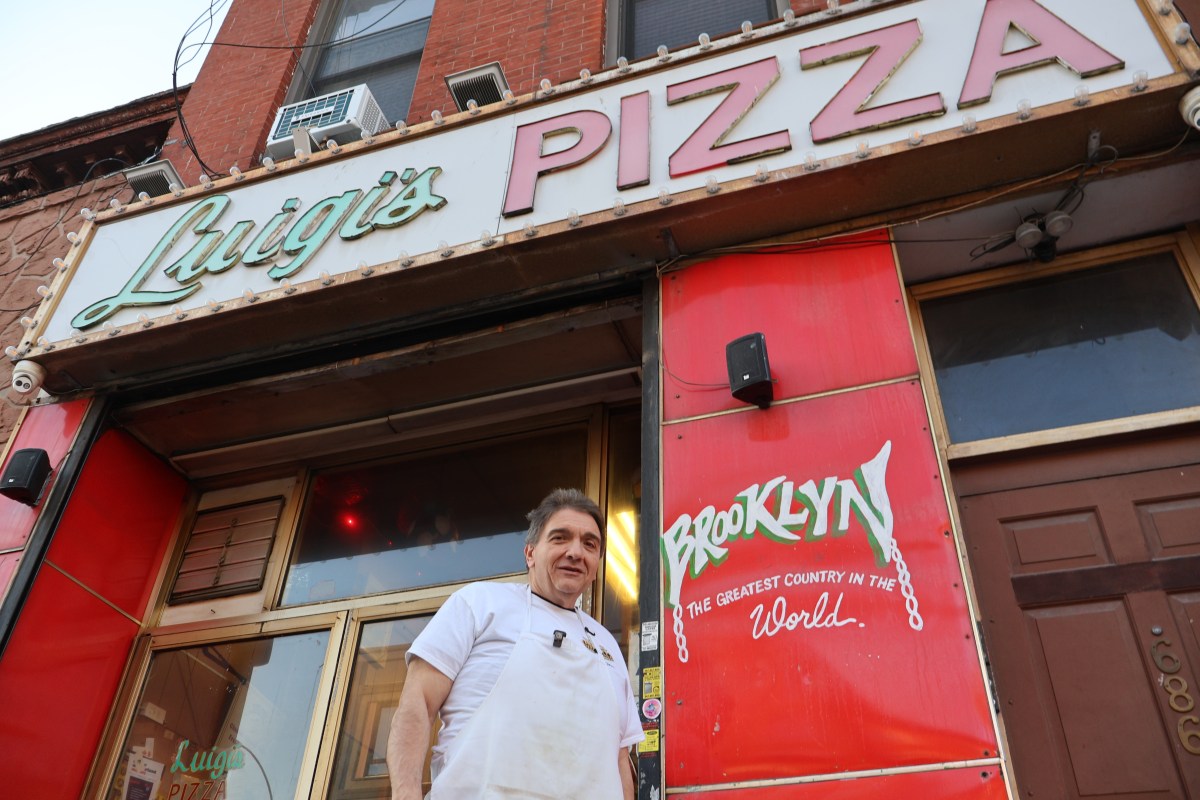Some people might have forgotten what it’s like to deal with real winter weather after 701 days without significant snow, but not the team at New York City Transit. Workers proved they haven’t lost their edge in last week’s first big test of the season.
The inch of snow that fell on the city and the extreme cold that followed were no match for our well-established protocols. Before storms start, the MTA closely monitors several forecasts, including the National Weather Service, and works directly with meteorologists.
Once it’s clear one’s on the way, we start mobilizing crews – getting snow-fighting and de-icing equipment into place, activating third-rail heaters, track switch snow-melters, and train stop heaters, and outfitting buses with tire chains. We also salt and sand stairs. If you ever think we’ve missed a spot, report the location on the MTA website or reach out on social media, and we will address ASAP.
While there are 220 miles of outdoor track in the subway system, snow accumulation is actually less of a threat than frigid temperatures. Typically, we can run regular service in up to seven inches of snow. We may call in extra crews to operate de-icer trains in addition to our regular trains, but we’re running as usual. It’s once buildup hits the 8–12-inch range when reductions are more likely.
But in subzero temperatures – even without precipitation – there could be express service suspensions, depending on where we park trains to keep them out of the elements. We also have roughly 2,600 switches systemwide that are vulnerable to freezing. Last week, only seven experienced issues caused by the weather. Not bad!
It’s so important that we’re careful with equipment. That’s why in cold weather we often assign train operators to “rock” trains or move them back and forth in yards to keep brakes and track attachments from locking up. Crews also open and close train doors to make sure they don’t get stuck.
It’s a rare occasion when we need to shut down the system entirely. Snow has caused a full closure just once in the subway’s 119-year history, nine years ago back in January 2015. The subway was also closed in August 2011 ahead of Tropical Storm Irene and in 2012 ahead of Hurricane Sandy, but those were a different kind of weather event.
Still, in all cases it’s undeniable that the 47,000 men and women of New York City Transit always step up to get the City moving again. Come what may, we have your back.
Richard Davey is MTA New York City Transit president.




































